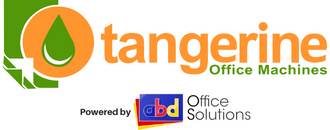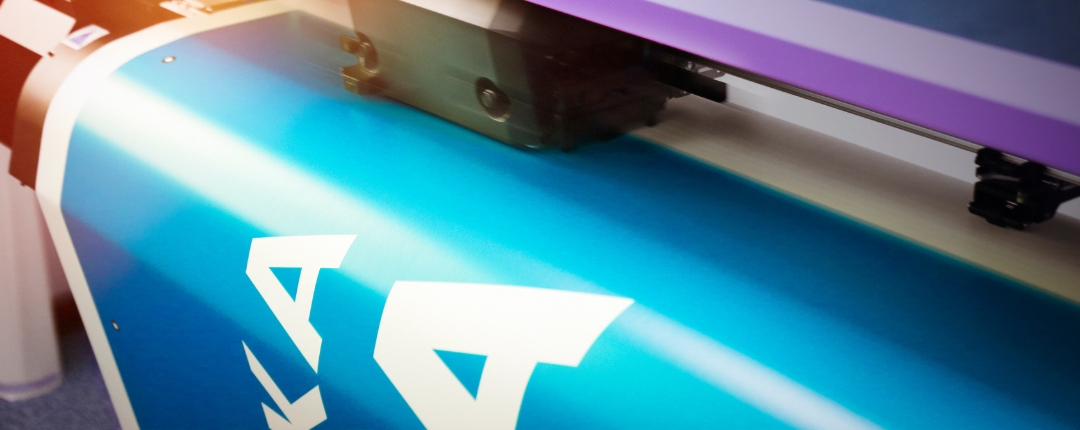When it comes to full bleed printing, many people assume they need a special printer to achieve that professional, edge-to-edge look. However, the reality is a bit more straightforward. You can actually achieve full bleed prints using a standard printer or copier, though it will require a little extra effort.
If you’re looking for something that handles full bleed without manual trimming, wide-format printers or production printers may be your best bet. Let’s explore both options, how they work, and how to get professional results from your printer.
What Is Full Bleed Printing?
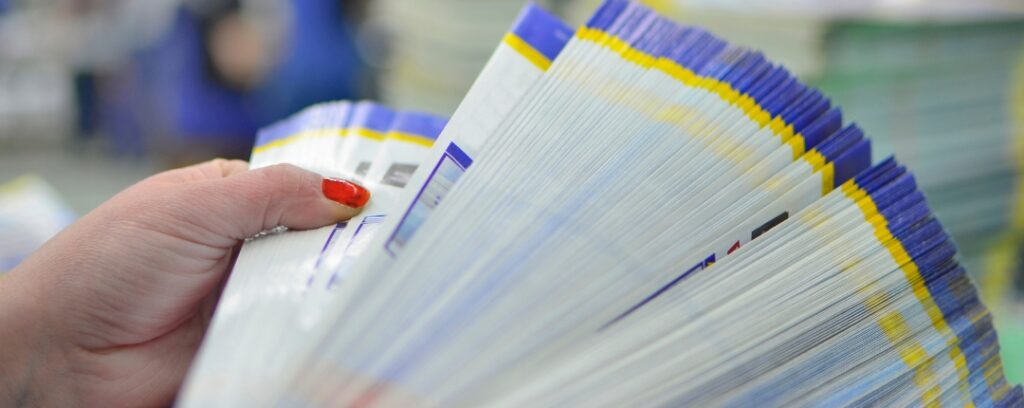
Full bleed printing is when your design or image goes all the way to the edge of the paper, leaving no white margins. This is common for materials like flyers, brochures, and photos. The trick to achieving this is printing your design on a sheet larger than your final desired size and trimming off the excess. This process ensures that your design extends all the way to the edges.
No Printer Can Print Without Margins
It’s important to know that no printer—whether a desktop model or an industrial machine—can print right to the edge of the paper. Even large industrial printers used in professional print shops leave a white margin that must be trimmed off. This is why a full bleed design must always be printed on paper larger than the final size, with the excess area trimmed off afterward. The same method is used by print shops to ensure their full bleed designs are flawless.
Achieving Full Bleed Printing with a Standard Printer or Copier
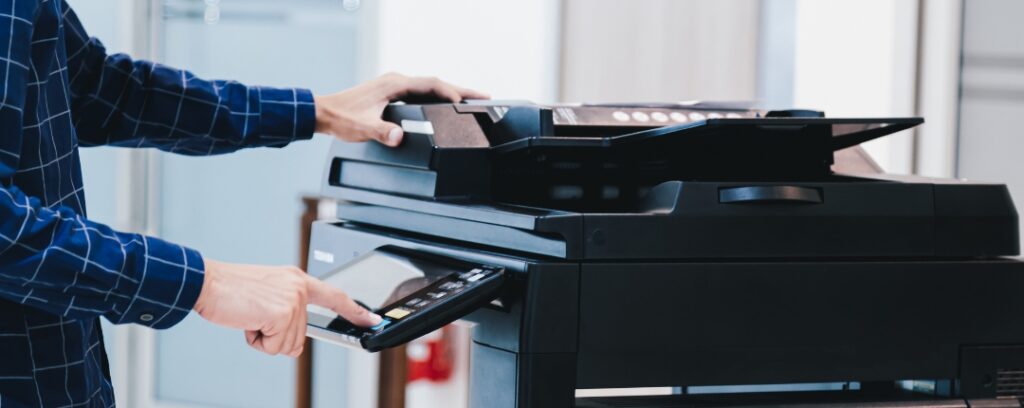
You don’t need a special printer to print full bleed—any standard desktop printer or office copier can handle the job with a few extra steps. Here’s how:
1. Design with Bleeds
When creating your design, make sure to include bleeds—extra space around the edges that will be trimmed off. For example, if you want a final print size of 8.5″x11″, design your file to be 8.75″x11.25″ to account for the trimming process.
2. Print on Larger Paper
Print your design on standard-sized paper, like 8.5″x11″, or even larger sizes like 11″x17″ or 12″x18″. Your design will include bleeds, so there will be unprinted margins that need to be trimmed.
3. Trim the Edges
After printing, use a paper cutter, scissors, or an X-Acto knife to trim the margins. This will leave you with a document that has no white borders. The final size will be slightly smaller than the original paper, such as 8″x10″, after the excess is trimmed.
While this process works well for smaller jobs, it can become time-consuming and less precise when you need to print a larger number of sheets.
Limitations of Using a Standard Printer or Copier for Full Bleed
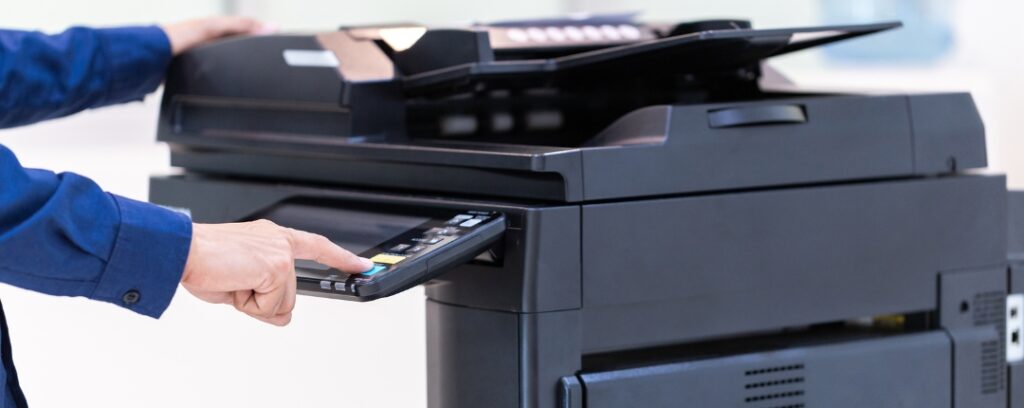
While you can achieve full bleed prints with a standard printer or copier, there are a few limitations:
- Time-Consuming: Manually trimming each sheet takes time, especially for large projects.
- Precision: It’s challenging to get clean, straight cuts consistently without a professional-grade paper cutter.
- Smaller Final Size: After trimming, the final size of your document will always be smaller than the original paper size.
If you’re doing more than a few sheets or need precise cuts, it might be worth looking into wide-format or production printers.
When to Consider a Wide-Format or Light Production Printer for Full Bleed Printing
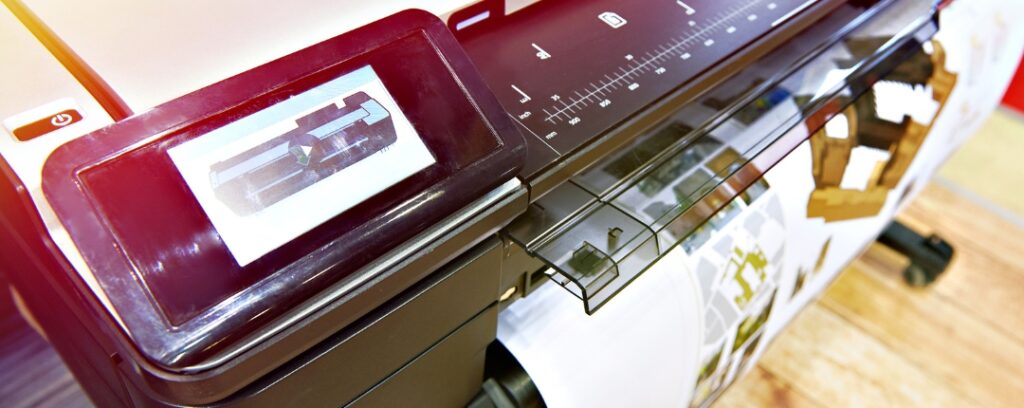
If you’re looking for a more efficient solution to full bleed printing, a wide-format or light production printer can be a game-changer. These printers are designed to handle larger paper sizes, making it easy to print full bleed without needing to manually trim the edges.
Benefits of Wide-Format Printers
- Print Larger Documents: Wide-format printers can handle sheets up to 12″x18″ or larger, allowing you to print full bleed designs and trim them down to your desired size.
- Save Time: If you’re printing a lot of full bleed documents, wide-format printers save time compared to manually trimming each sheet.
Light Production Printers for Professional-Grade Full Bleed
For businesses that want to replicate the capabilities of professional print shops, light production printers like the Xerox C60 or Xerox Versant line are excellent choices. These printers, especially when paired with a finisher and squarefold trimmer, allow you to create full bleed prints automatically. A squarefold trimmer will cut the excess paper down to the exact size you need, enabling you to produce polished, professional materials just like a print shop would.
Which Option Is Best for You?
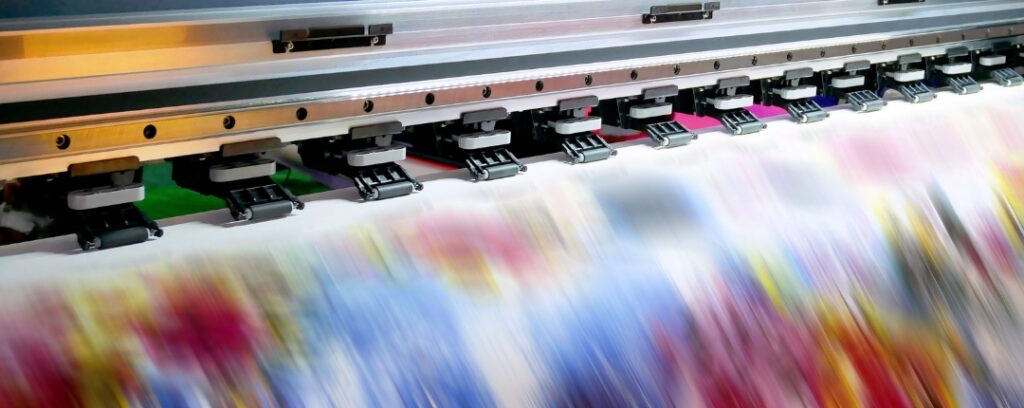
Standard Printers: If you’re printing only a few documents and don’t mind the extra steps, a standard printer or copier will do the job. Just keep in mind that you’ll need to design with bleeds and manually trim the excess paper to achieve the full bleed effect.
Wide-Format or Production Printers: For businesses or individuals who frequently print full bleed documents, wide-format or light production printers are a smart investment. They handle larger paper sizes and automate much of the trimming, saving you time and delivering precise, professional-quality prints.
At Tangerine Office Machines, we offer a wide range of printers and copiers, including production printers like the Xerox C60 and Versant line that can print on pages up to 12″x18″. We also carry wide-format printers from trusted brands like KIP, Epson, HP, and Canon. If you have any questions or need help finding the right equipment to meet your full bleed printing needs, feel free to call us at 702-820-4029. Our customer service team is here to help you find the perfect printer for your needs.
